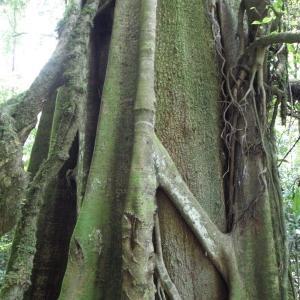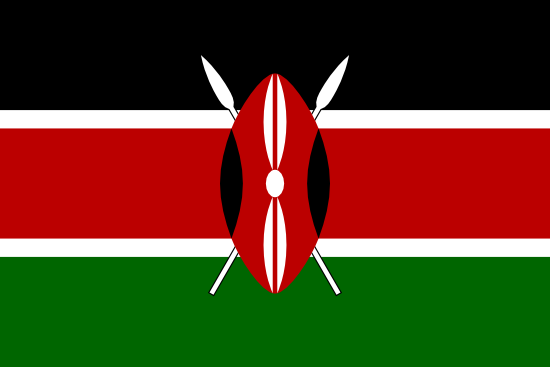Kakamega Forest National Reserve
Kakamega Forest National Reserve in Kenya is managed by the Kenya Forest Service (KFS).
Kakamega Forest National Reserve in Kenya was officially established on June 17, 1985. This date marks the formal declaration of the reserve as a protected area under Kenyan law
IThe forest including reserves covers about 238 square kilometres,t covers an area of 44.7 km² of a protected area under the Kenya wildlife service
Kakamega Forest National Reserve is renowned for its remarkable biodiversity, and it is one of the last remaining pockets of tropical rainforest in Kenya. The reserve's biodiversity is characterized by a rich variety of plant and animal species, including many that are rare, endemic, or threatened. Here is a brief description of the biodiversity found in Kakamega Forest National Reserve:
Flora:
-
Tree Species: The forest is dominated by various tree species, including indigenous hardwoods such as Elgon teak, red stinkwood, and African olive.
-
Plant Diversity: Kakamega Forest is home to a wide range of plant species, including ferns, orchids, mosses, and lichens. Many of these are endemic to the region.
-
Medicinal Plants: The forest contains a significant number of medicinal plants that have been used by local communities for generations.
Fauna:
-
Birds: Kakamega Forest is a haven for bird enthusiasts, with over 360 bird species recorded in the area. Some notable species include the Great Blue Turaco, African Grey Parrot, and the rare Turner's Eremomela.
-
Mammals: The reserve is home to several mammal species, including primates like the De Brazza's monkey, black-and-white colobus monkey, and blue monkey. Other mammals include forest elephants, forest buffalo, leopards, and various small carnivores.
-
Amphibians and Reptiles: Kakamega Forest is also rich in amphibian and reptile diversity, with numerous species of frogs, toads, snakes, and lizards.
-
Butterflies and Insects: The forest is known for its diverse butterfly and insect populations, with numerous species that are not found elsewhere.
-
Endemic Species: Many of the species found in Kakamega Forest are endemic, meaning they are unique to this particular forest or the surrounding region. This makes the reserve of special conservation significance.
-
Threatened and Rare Species: The forest provides habitat for several threatened and rare species, and it plays a critical role in their conservation.
Key features
- In the reserve do not miss, the view point of Buyangu Hill with the wonderful overview of the surrounding forest especially impressive at sunrise.
- Small but lovely Isiukhu fall.
- The giant tree on Mukangu trails.
- The nature trails with labeled trees of interest and pollinator garden near KEEP office.
- The only remnant in Kenya of the once great tropical rainforest that stretched across central Africa.
- Home to several hundreds of species of birds, snakes, monkeys, bushbucks, duikers, countless tree species and natural glades.
- The species include: over 380 species of trees, 330 species of birds, 27 species of snakes, 7 primates, over 400 species of butterflies and several mammals.

